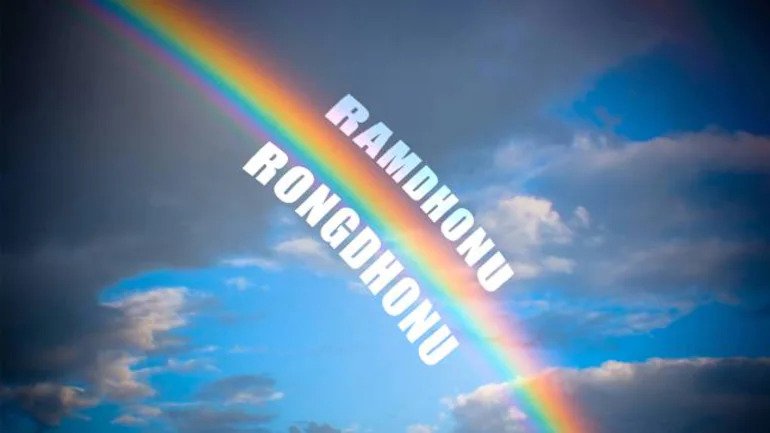Mamata’s ‘Language Jihad’: Ram’s Name In Rainbow Replaced In School Textbooks Of West Bengal
Mamata's Islamisation of Bengali: She changed in school textbooks, 'Ramdhonu' word for rainbow to 'Rongdhonu' a new word used in Bangladesh and not part of Bengali. Similarly the word 'Akaashi' for sky blue colour changed to 'Aasmani' as used in Bangladesh. Mamata aiming at creating Greater Bangladesh?






